
We are learning more about how many toxic chemicals we’re exposed to in our daily lives and their effect on our bodies — short-term and long-term — is truly frightening. Moms everywhere have been both horrified by the scope of Flint, Michigan’s lead contaminated water situation. And while you may be thanking your lucky stars you don’t live there, the reality is that we’re just beginning to discover what the negative impact of chemical hazards in household products, cosmetics and the environment.
Start by banishing these five toxic chemicals from your life.
1. Phthalates
Phthalates are used to make plastic more flexible and they’re in tons of products ranging from shower curtains, plastic wrap, food containers to nail polish, lotions, perfume and soap. According to the CDC, phthalate exposure is widespread in the U.S. and it’s virtually impossible to completely avoid it. Research is ongoing, but in adults phthalates may cause cancer and one type (di-n-butyl phthalate) may affect your reproductive system. Even more disturbing, a 2014 study found that prenatal exposure has been associated with substantially lower IQs in children. Senior author Robin Wyatt reports, “The magnitude of these IQ differences is troubling. A six- or seven-point decline in IQ may have substantial consequences for academic achievement and occupational potential.”
Read Related: 15 Non-Toxic Ways to Keep Mosquitoes Away
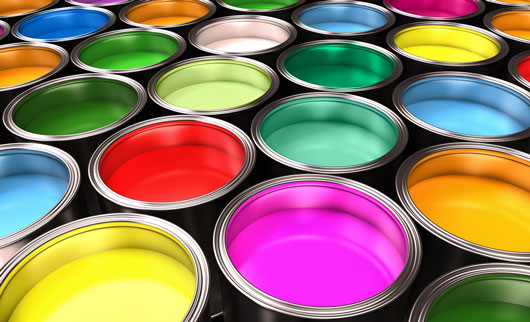
2. Volatile Organic Compounds (VOCs)
VOCs are, “…are carbon-containing compounds that evaporate easily from water into air at normal air temperatures,” and are found in, “a wide variety of commercial, industrial and residential products including fuel oils, gasoline, solvents, cleaners and degreasers, paints, inks, dyes, refrigerants and pesticides.” Other sources of VOCs include wood furniture, carpet, and flooring. According to the EPA, “Studies have found that levels of several organics average 2 to 5 times higher indoors than outdoors. During and for several hours immediately after certain activities, such as paint stripping, levels may be 1,000 times background outdoor levels.” They can cause headaches, dizziness, respiratory problems and possibly cancer.
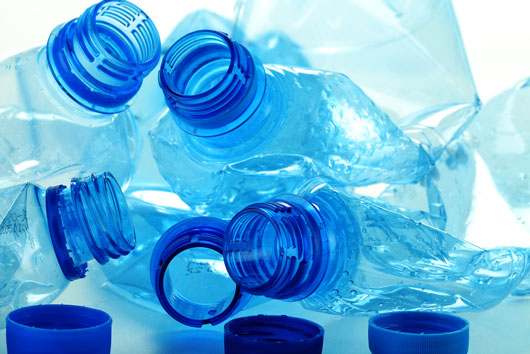
3. Poly- and Perfluorinated Compounds (PFASs)
PFASs are found in non-stick cookware, plastic bottles, saran wrap, styrofoam, water resistant clothing and packaging as well as some cosmetics. Companies have come up with replacement chemicals but those appear to be just as hazardous. In fact, they’re so dangerous in 2015, an international group of environmental scientists and health professionals released The Madrid Statement urging manufacturers and the public to avoid PFASs and governments to ban them saying, “In animal studies, some long-chain PFASs have been found to cause liver toxicity, disruption of lipid metabolism and the immune and endocrine systems, adverse neurobehavioral effects, neonatal toxicity and death, and tumors in multiple organ systems.”
4. Triclosan
Triclosan is an antibacterial used in soaps, personal care products like deodorant, acne cream and toothpaste as well as some clothing. A 2015 study found that isn’t any more effective at killing bacteria than plain old soap and water. In general, it creates more potent strains of bacteria that are harder to treat with antibiotics. It’s also an endocrine and thyroid disruptor, it’s linked to breast cancer and as it breaks down it releases even more toxic chemicals, like dioxins, into the environment.
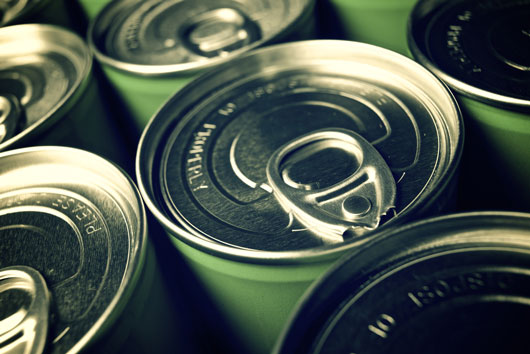
5. Bisphenol A (BPA)
A new study has found even more reasons to avoid BPA. The study’s lead investigator, Lucia Speroni, PhD states, “Exposure in the womb to endocrine disruptors such as BPA may be a main factor responsible for the increased incidence of breast cancer in women. We knew from our previous research that BPA causes changes to breast tissue associated with a higher predisposition to breast cancer later in life. However, until now, we did not know whether this was a direct effect on the fetus or an indirect effect from the mother’s exposure.” BPA is found in food containers like cans, water bottles and even some dentures.
For more information on toxic chemicals check out The Human Experiment, a documentary that follows several women who are dealing with health issues from chemical exposure. Download the Think Dirty app which allows you to scan product barcodes to find out what chemical hazards they contain and gives you safer options. Monitor your own level of chemical exposure with a MyExposome wristband (a sort of toxic chemicals FitBit).

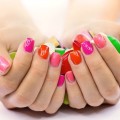




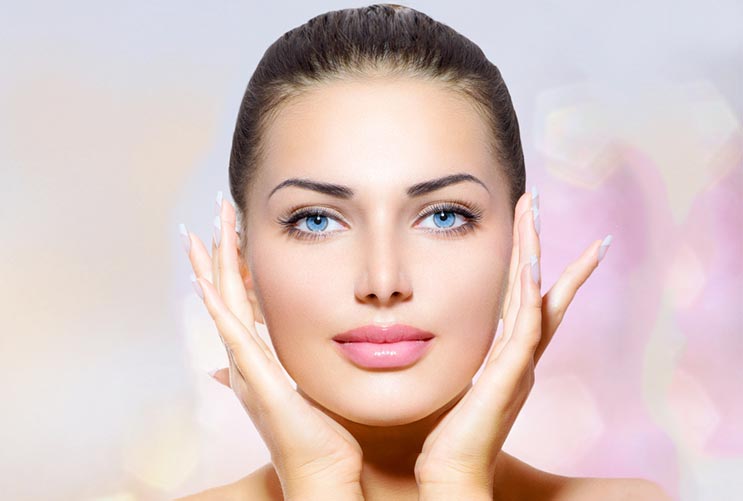





Leave a Reply
Want to join the discussion?Feel free to contribute!